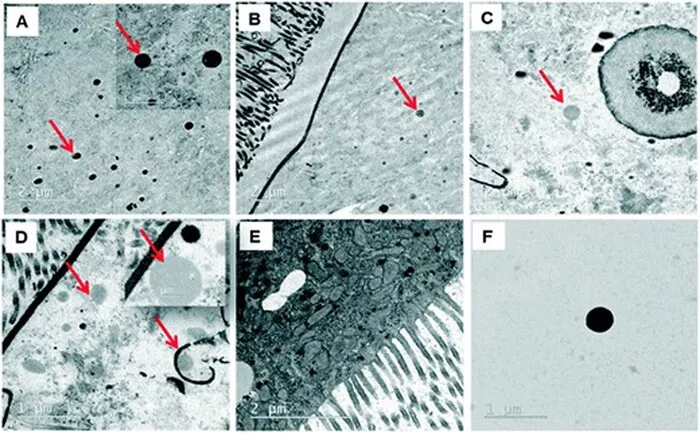Evidence has begun to build that tiny pieces of plastic have entered every corner of the human body. Recently, scientists found these particles in living lungs and blood for the first time. What this means for our health is still a huge unknown, but scientists have turned to reliable fruit flies as models to find the answer to this question. They track these particles through the intestines.
It was found that they changed the expression of genes involved in stress response and oxidative damage.
Although research has begun to describe what small plastic particles may mean to marine life - including aneurysms in fish, impaired cognitive function in hermit crabs and abnormal swimming in shrimp, the understanding of human effects is more limited.
Laboratory studies have shown that they can change the shape of lung cells and have broader toxic effects on human cells, but understanding their behavior in vivo is another problem. To explore this problem, scientists at the Autonomous University of Barcelona chose to use the fruit fly, the most easily understood model organism. Because fruit flies share a large proportion of disease genes with humans, they have long been the preferred tool for scientific research.
The scientists point out that the fruit fly method also overcomes some limitations in measuring the accumulation of plastic in human tissue. Using polystyrene fragments of different sizes, scientists used transmission electron microscopy to track the path of particles from ingestion to the hemolymph of Drosophila larvae - which is equivalent to human blood.
In this way, scientists can obtain a "photographic report" to reveal the behavior of plastics interacting with microbiota and cells as they pass through the intestine. This indicates that plastic has the ability to cross the intestinal barrier and enter the hemolymph. Although scientists report that there is no evidence of significant toxicity, plastic particles do trigger extensive molecular changes that alter the expression of genes involved in the general stress response.
In addition, these particles also changed the gene expression related to oxidative damage and DNA damage, as well as the genes related to the physical damage response of intestinal barrier. The particles used in the study were 50, 200 and 500 nanometers in size, and scientists found that the smaller they were, the higher the response.

Research continues to clarify the wide sources of human exposure to micro plastics. Disposable coffee cups and plastic water bottles are the main culprits, which will drop a large number of particles into the liquid. At the same time, scientists also believe that particles of 1 nm to 20 microns in the air are inhalable, which means that the particles in this research center may enter the human body directly through inhalation.
"In addition to establishing a new methodological approach, our study also confirms the great advantage of Drosophila melanogaster as a model in identifying potential harmful effects associated with ingestion of these pollutants," said study participant Ricard Marcos